Beginner Guide: Sourdough Starter and Levain
What is the relationship between sourdough starter and levain? Do you have to make a levain? Can you just use your sourdough starter? This beginner guide: sourdough starter and levain, answers all these questions.
It’s important to note that Levain is the French method of making sourdough. Levain actually means sourdough in French. A levain is simply a part of your sourdough starter that is mixed with flour and water, left to ferment and then used in a sourdough recipe. It’s an offshoot of your sourdough starter.
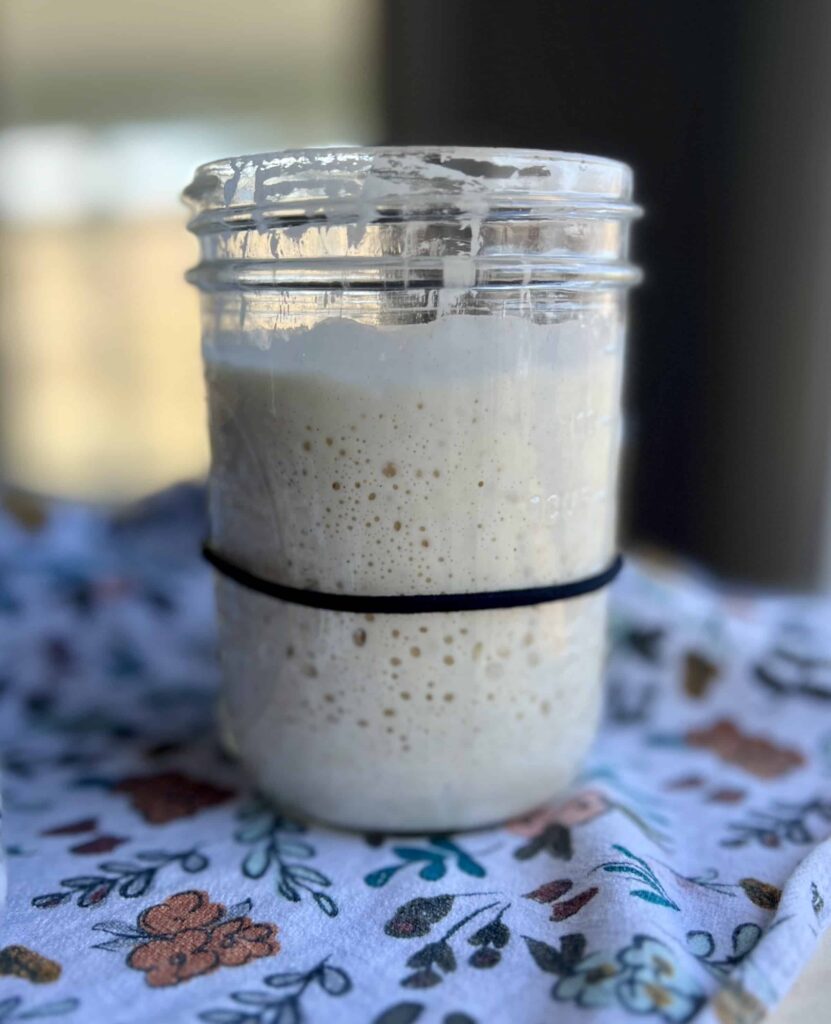

What is Sourdough Starter?
Sourdough starter is a culture of yeast and bacteria. It is continually maintained in the same way at regular intervals (daily, weekly etc.). A small bit of sourdough starter is fed, ripens (rises/bubbles) and needs to be refreshed in a continual cycle. The fermented starter that doesn’t get refreshed becomes the discard. Some important points to remember:
- Sourdough starter should never be used up entirely in a single bake.
- Sourdough starter can be used indefinitely if maintained properly.
- Sourdough starter is usually refreshed with the same type of flour.
- Sourdough starter is sometimes referred to as the “mother” starter. It is continually refreshed and a small part of it is used to make every levain. This results in the “mother” starter actually being in every loaf of bread you bake.



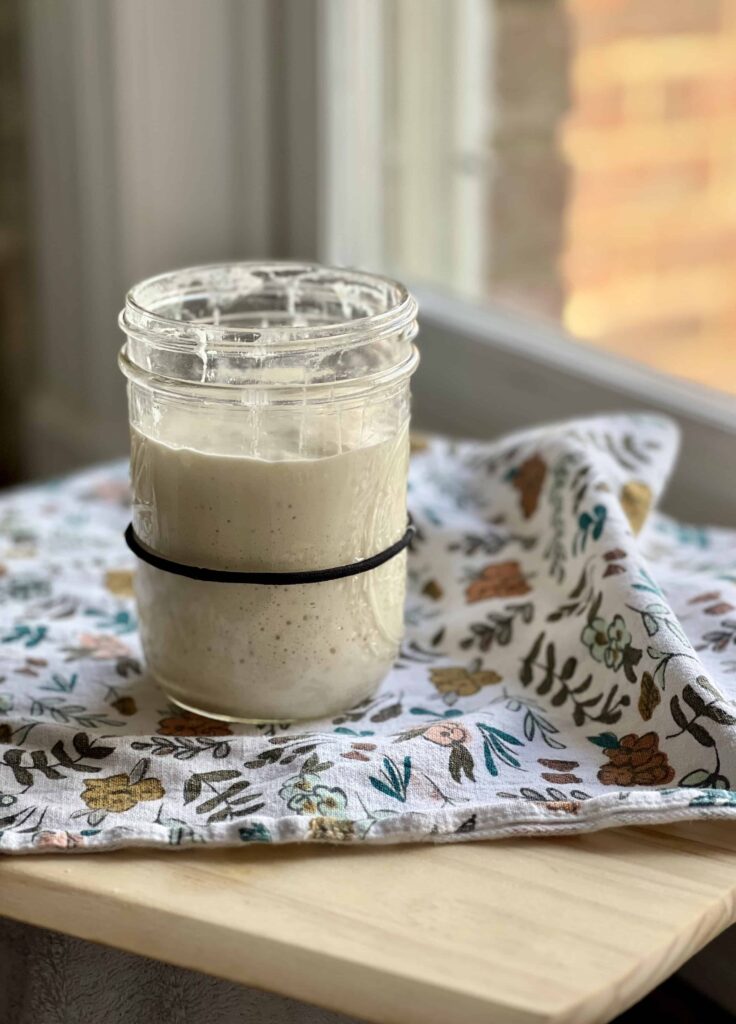

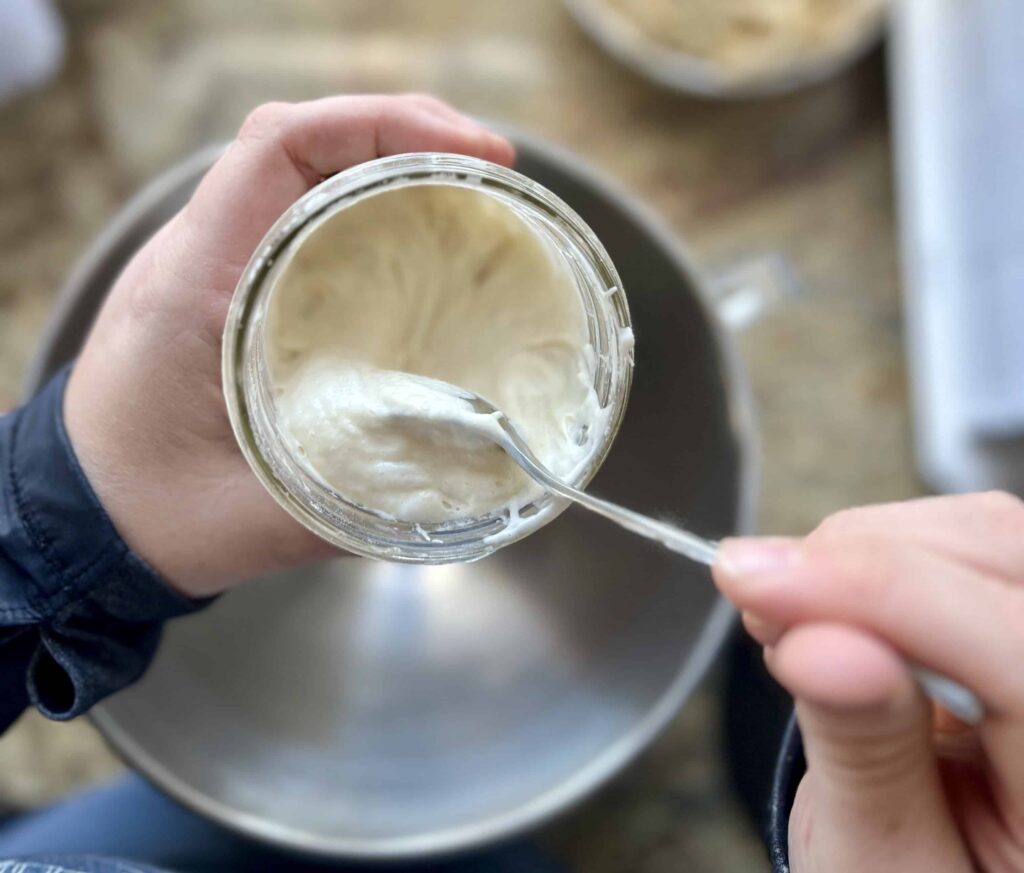
What is Levain?
Levain (or leaven) is an offshoot of your sourdough starter. You maintain a sourdough starter and then take some starter when it’s active and ripe to make a levain for a specific recipe. The properties of a levain change based on the recipe you are mixing it for.
- Levain is used up entirely in a single bake. You shouldn’t have much, if any leftover levain after you’ve baked with it.
- Levain can be used to alter the flavor and texture of your final dough with any flour combination.
- For example: When making sourdough rye bread, you may use a combination of rye and bread flour to mix your levain. You don’t necessarily want to keep a rye starter just for rye bread, so you take some ripe/active sourdough starter, feed it a combination of rye/bread flour and let that ferment. Use that to bake your rye bread for better flavor in your overall loaf.
- Another example is my favorite white sandwich bread. Mixing the dough for this soft sourdough sandwich bread, I take ripe/active sourdough starter and mix it with sugar, flour and water. I don’t want to keep a starter that has added sugar in it, so I use a levain that has added sugar for that specific recipe. This keeps my sandwich bread more mild flavored instead of super tangy.
- One More Example: In my sourdough cinnamon rolls or other sweet breads, I’ll make a stiff levain for the dough. Instead of keeping a separate stiff starter, I just use my sourdough starter to make a levain. This helps temper the sour flavor in sweet/enriched doughs and gives a good rise to my sourdough cinnamon rolls.


Why should I use a Levain? Can I just use ripe sourdough starter instead?
You definitely can use a ripe/bubbly/active sourdough starter instead of a levain in most recipes, but I definitely prefer making a levain if I can. In my experience it gives you a better loaf of bread.
- A levain allows you to adjust the flour, water and ripening schedule for a specific recipe.
- It acts as a “power-feed” to make sure your starter really is ripe, active and bubbly before adding it to your dough which will give you a better loaf of bread.
How do I use Levain in a recipe?
Levain follows the same fermentation cycle that a sourdough starter does. Based on the recipe’s instructions, take a small amount of your sourdough starter and put it in a small bowl or liquid measuring cup. I like using liquid measuring cups that are clear and well-marked, making it easy to watch the levain rise. Add flour and water to the sourdough starter in a separate bowl. Some recipes will also call for sugar or various quantities/types of flour added into the levain, something you would not add to your sourdough starter. The required amounts will depend on the recipe. Often you will mix your levain the night before you mix your bread but sometimes you can mix your levain the day of. This will depend on the recipe, the temperature your levain ferments at and the ratio you feed your leavin of starter/flour/water. The levain is kept separate from your starter, even though the process of creating levain is almost identical to feeding a starter.
When is a Levain ready to be used?
Levain follows the same fermentation cycle that sourdough starter does.
- Just Mixed Levain: fresh smell, no sourness, little to no rise, no bubbles
- Young Levain: sweet with just a touch of sour notes, beginning to rise, scattered bubbles
- Ripe Levain: sour undertones, doubled in size, many bubbles, just reached its highest point and is starting to go back down MAKE YOUR BREAD when the levain reaches ripeness
- Overripe levain: bubbly/frothy/liquidy, collapsing in the jar sour smelling/vinegary MAKE YOUR BREAD NOW
- Very overripe starter: layer of “hooch” on top, very liquidy, vinegar/harsh nail-polish type smell Start over, your levain has fermented too long and won’t have enough active yeast to leaven your bake
As soon as the levain is ripe (doubled or tripled in size, bubbly, rounded at the top and just starting to come back down), it is time to bake with it. At this ripe stage, levain has the most yeast and best flavor profile for your bake. If you forget about the levain and it becomes over-ripe, you can still bake with it. The bake may be a little more sour than desired but should work fine. If your levain is very overripe with a layer of hooch on top, very liquidy and smells harsh-discard it and start again.
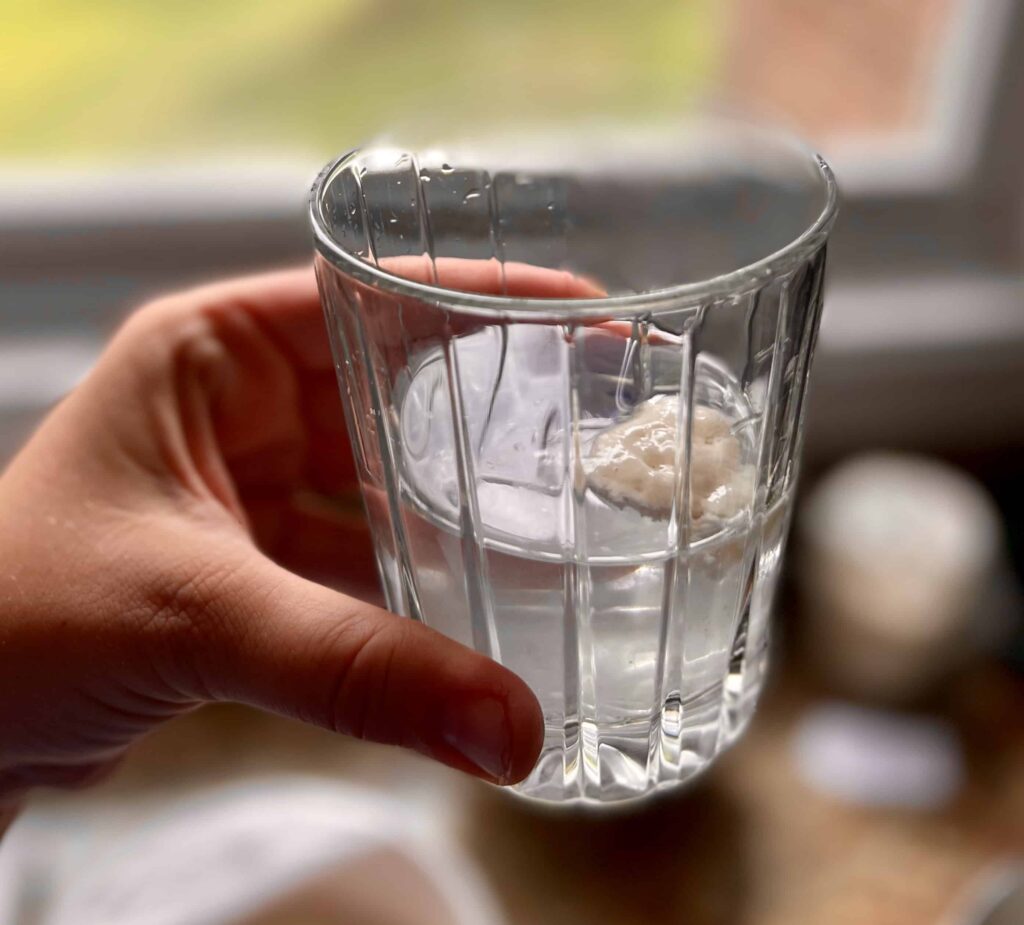

What If I forget to make a Levain? Can I use Sourdough Starter Instead?
Yes! In a pinch, you can use ripe sourdough starter. Just make sure you have some leftover to feed so you replenish your starter and don’t use it all up. You could also build a “fast” levain using a 1:1:1 ratio (100% ripe starter, 100% flour, 100% water) which should be ready in about 3-4 hours if kept at 78 ºF or can go even faster if you keep it at a warmer temperature.
Sometimes I see recipes for a Stiff Levain. What is that?
A stiff levain is a levain that mixes up to a firm consistency and is anywhere from 50%-65% hydration. It adds elasticity to dough and helps temper the acid in the sourdough, which gives all the benefit of sourdough fermentation without the tang. I use a stiff levain, often with teh addition of some sugar in it, when I’m making enriched dough (sourdough babka), dough where I want extra strength (sourdough bagels) or dough that I don’t want any sour flavor coming through (sourdough cinnamon rolls). Some people maintain a stiff starter instead of making a stiff levain from a liquid sourdough starter, but I prefer maintaining one starter and taking a portion of it to use in different dough recipes. A few things to keep in mind:
- Use 100% hydration sourdough starter at its peak when mixing your levain.
- Use about 1/2 the amount of water than flour (example: 50 grams water and 100 grams flour).
- The amount of starter you use can vary. I like to make an overnight stiff levain that usually takes about 10-12 hours to peak if kept at 78ºF. This typically looks like: 20 grams starter, 50 grams water and 100 grams flour – Add 10-20 grams sugar for a stiff sweet levain.
- A stiff levain will be a little more difficult to mix together, because it forms a dough ball instead of a batter. Knead the ball of dough a few times until smooth. Cover and let rest in a warm 78ºF place until peaked and active.
- Stiff Sweet Levain is ready to use when it has doubled in size and has a rounded top. Using it right when it reaches its peak will help decrease the acidity in the dough. You have a longer window of time to use a stiff levain than a liquid levain.
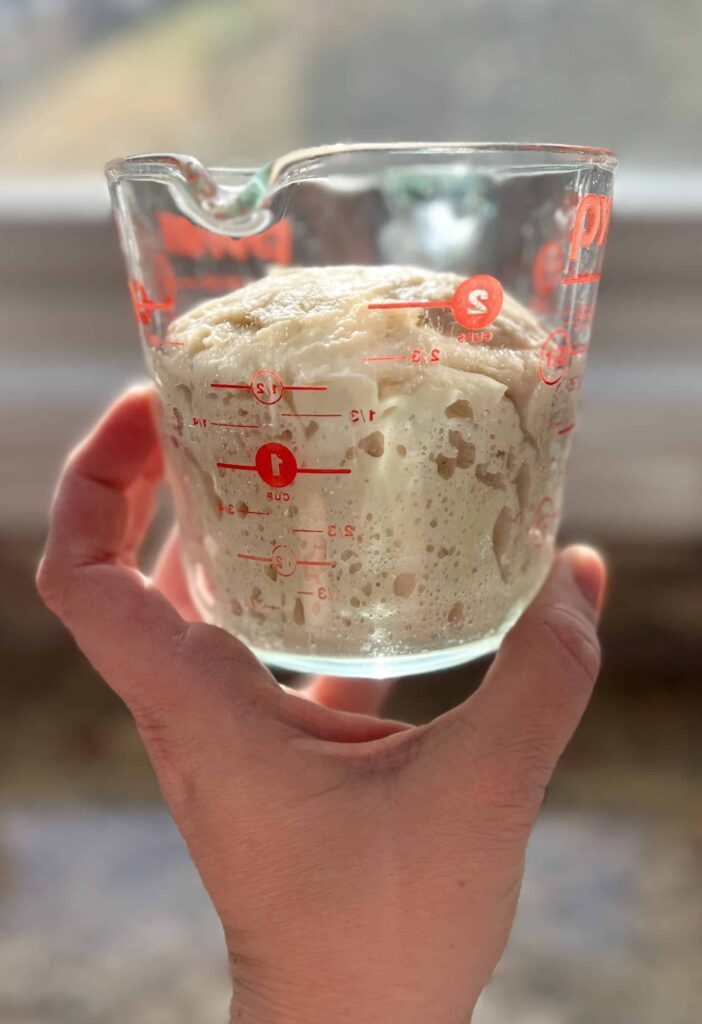
A recipe calls for Bubbly Sourdough Starter, not a Levain. Help!
Sourdough has been around for thousands of years. It is the traditional method of leavening and baking bread. Making a levain for your bread is what I consider a “best practice” in sourdough, not necessarily that you can’t make good bread without one. Many recipes will call for “1 cup bubbly sourdough.” I interpret that as 1 cup of ripe levain (or sourdough starter if your starter is active enough). These recipes can also be difficult to understand especially if using volume measurements like cups: How much is exactly one cup of bubbly sourdough? Do I stir it down? Measure it based on height? I much prefer recipes that use metric measurements.
If a recipe calls for bubbly sourdough starter, you can either make a levain from it with your sourdough starter by figuring out how much starter the recipe calls for and dividing that by 3 (one part starter, one part flour, one part water). Alternatively you can substitute ripe, active sourdough starter for the same amount of levain called for in the recipe.

Now that you know the differences between starter and levain, you’re ready to bake some bread!
Get Started with these favorite sourdough recipes:
Sourdough Beginner Guide
Want more in-depth Sourdough instruction?
Check out my online sourdough classes or take a class in person.

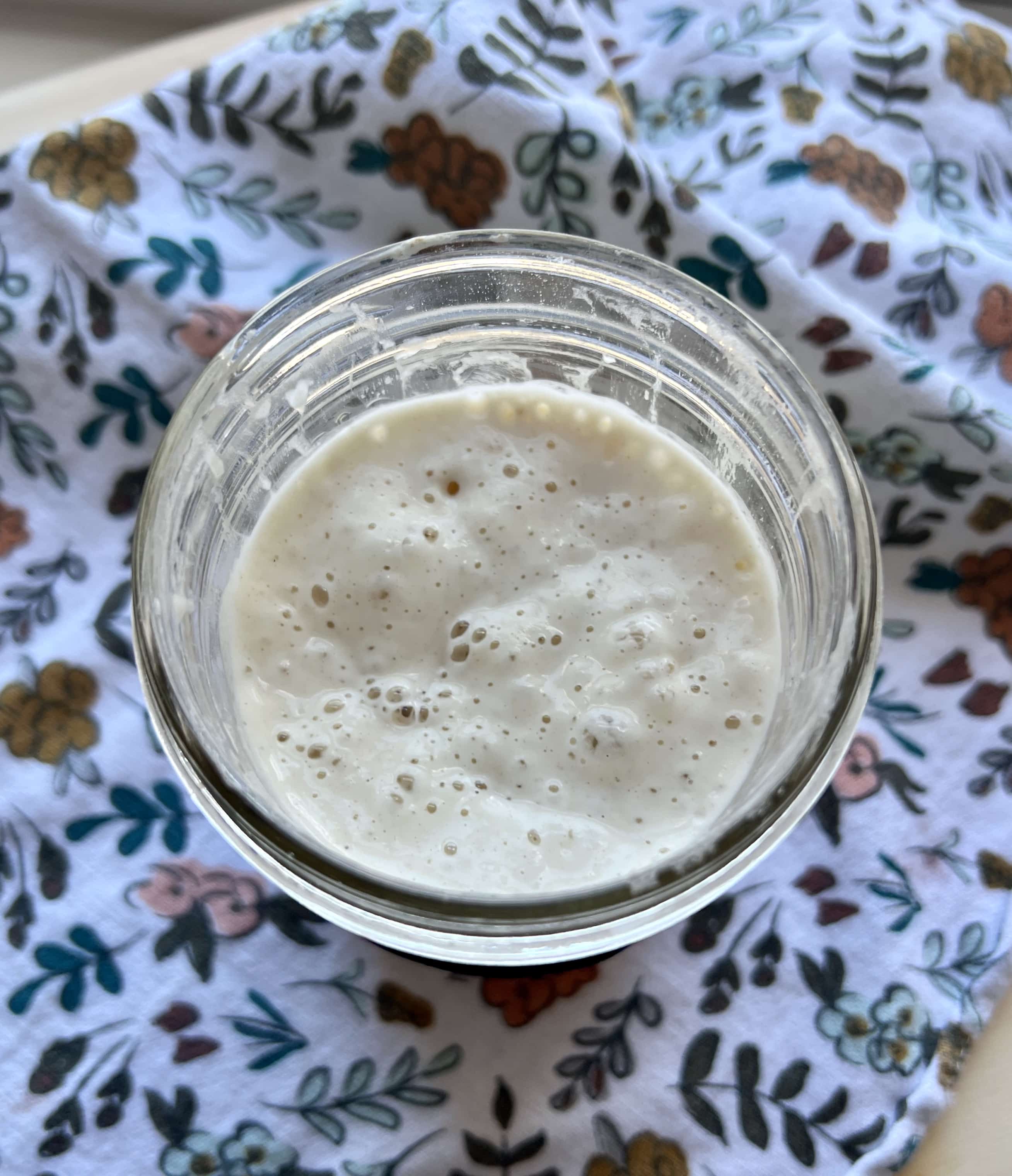

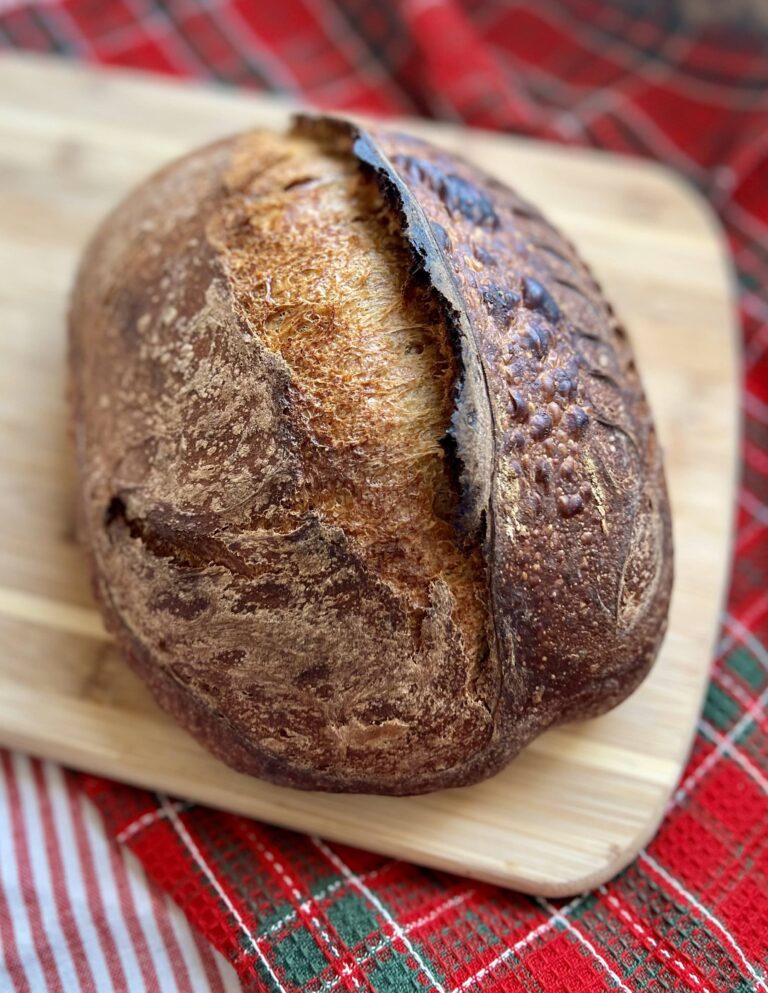
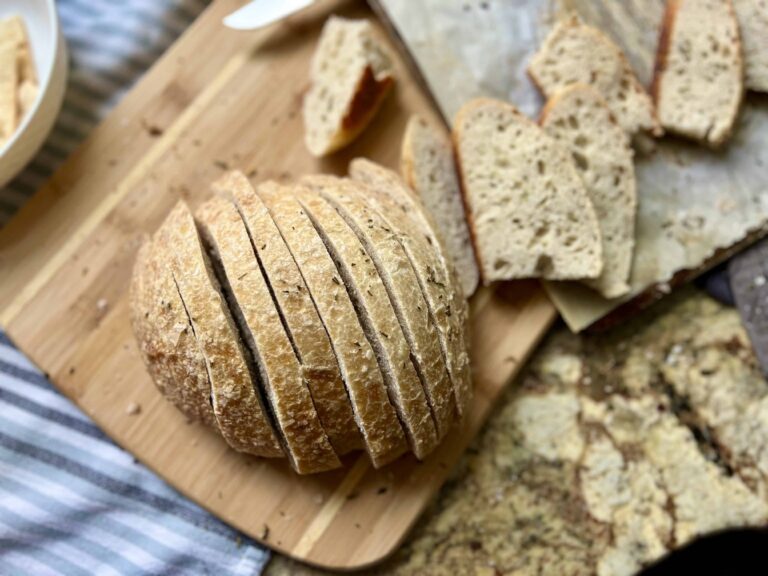
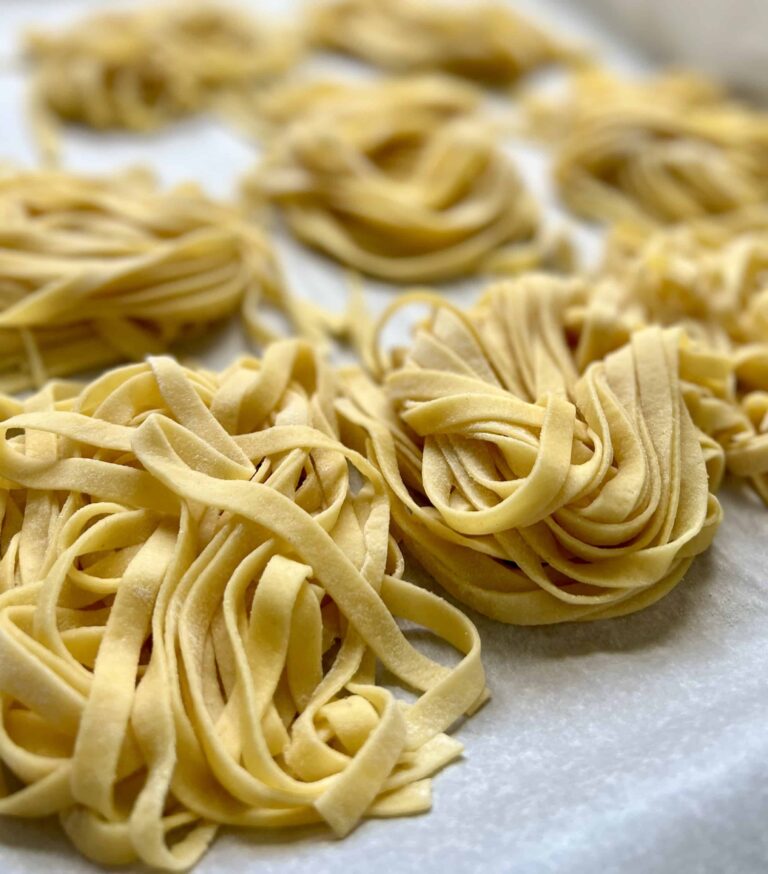
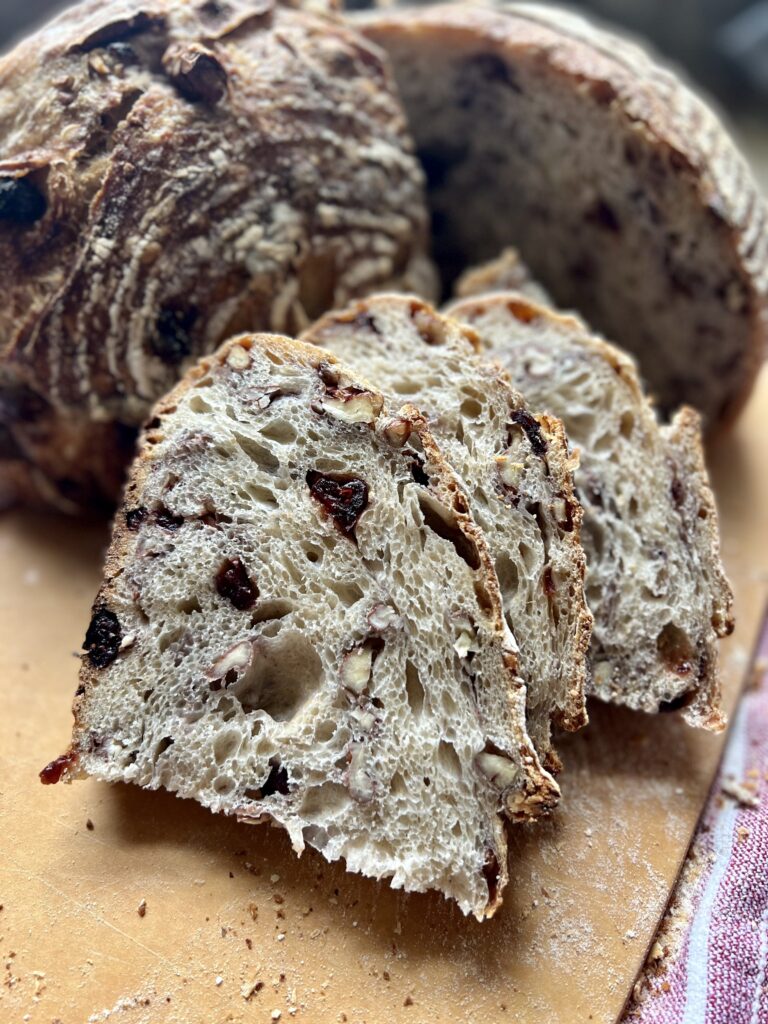
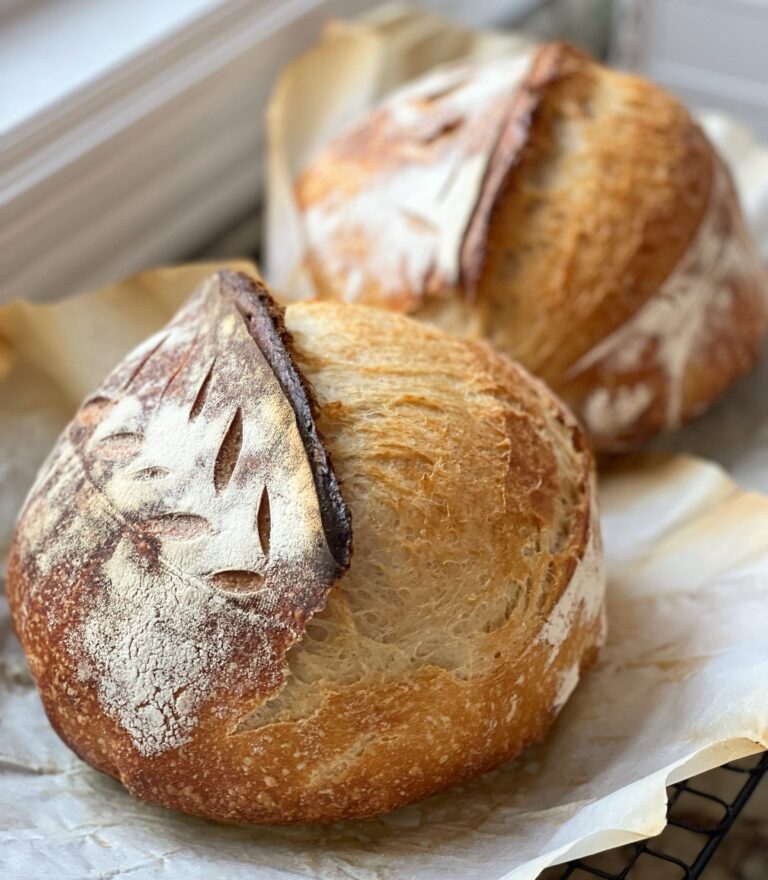
8 Comments